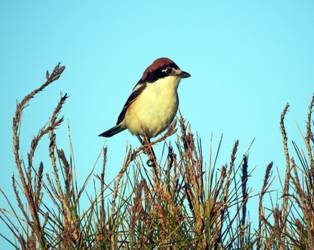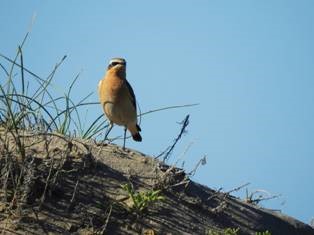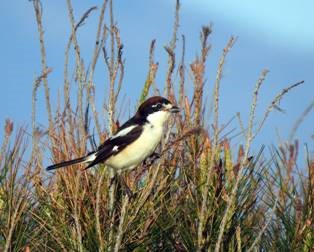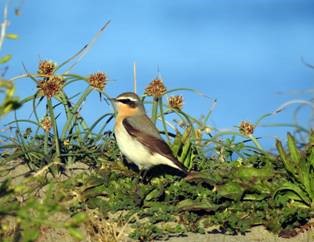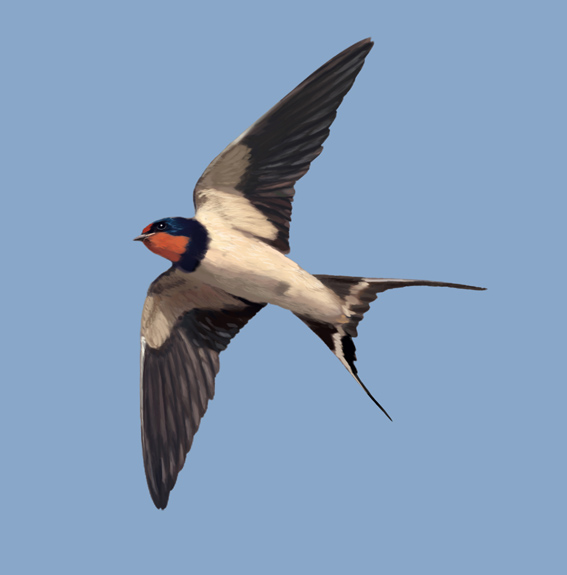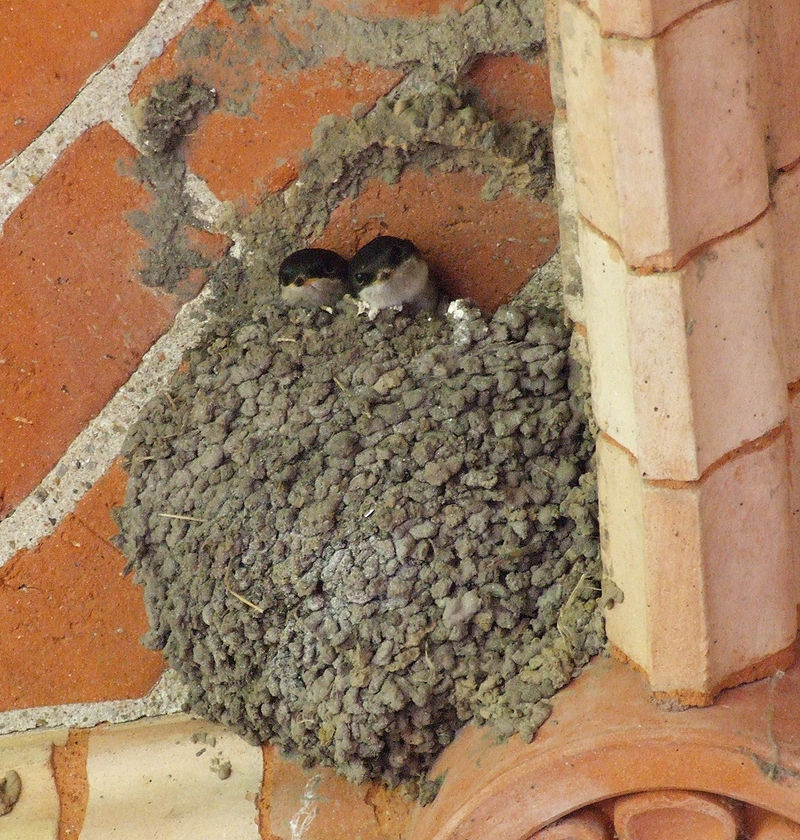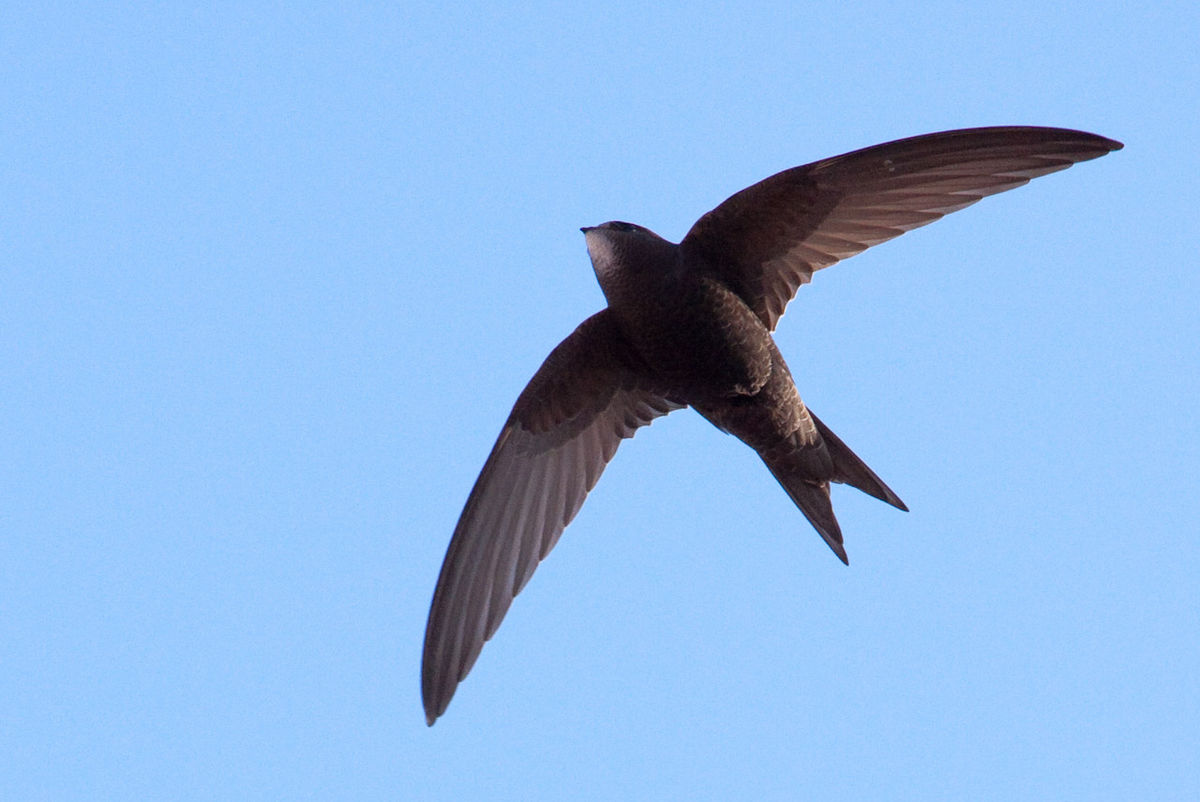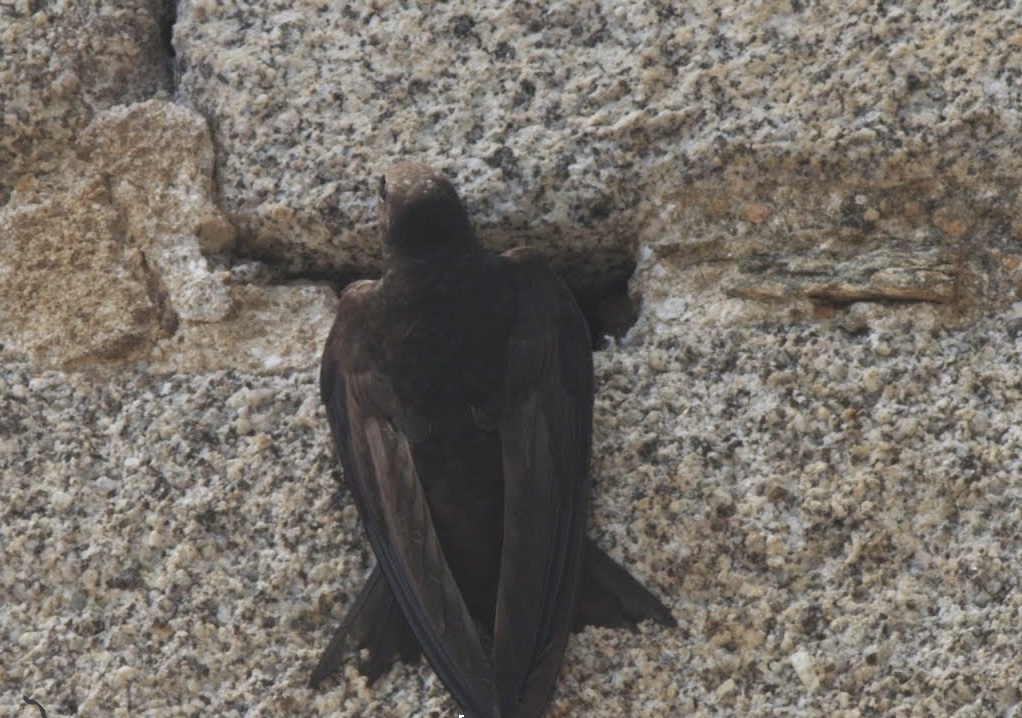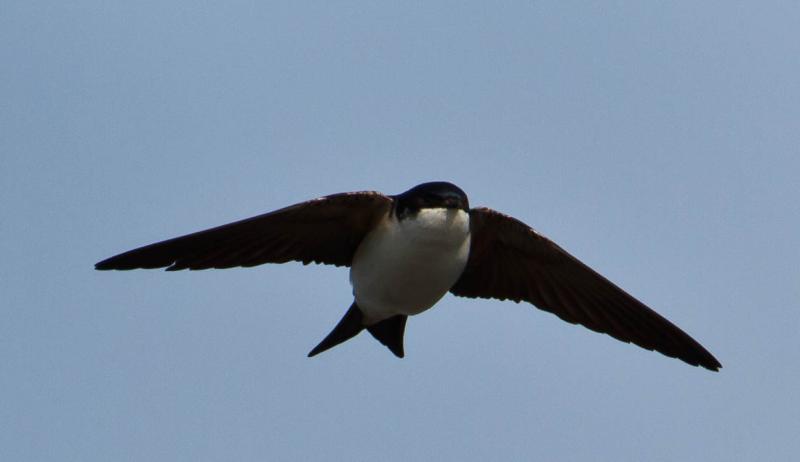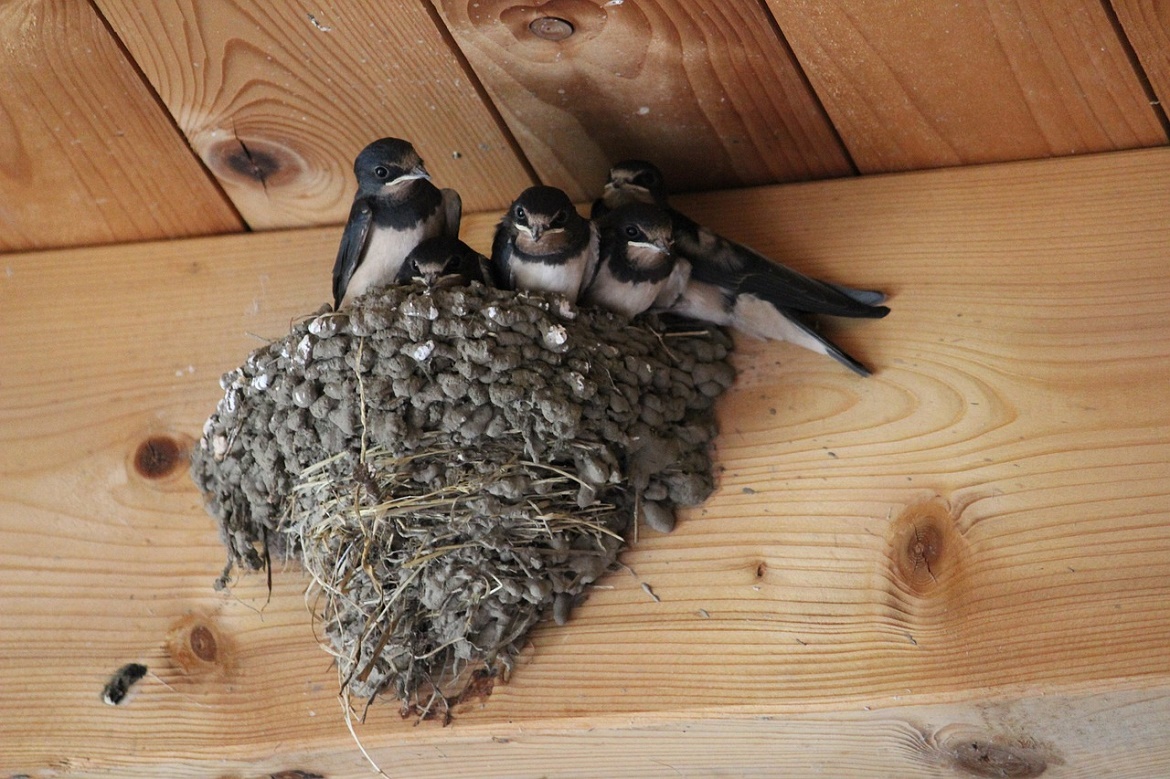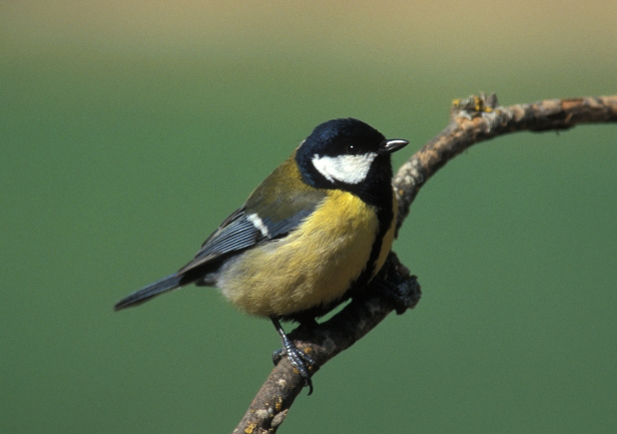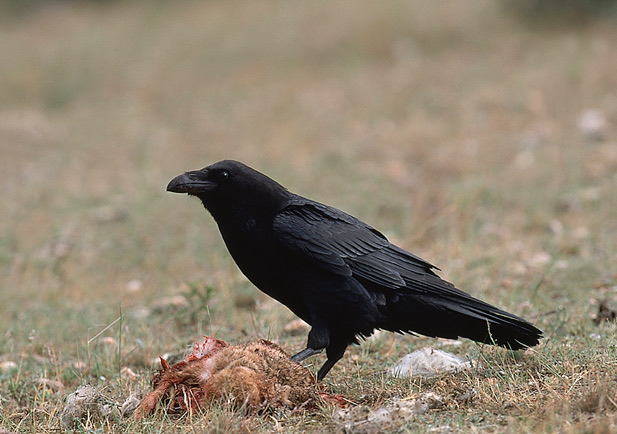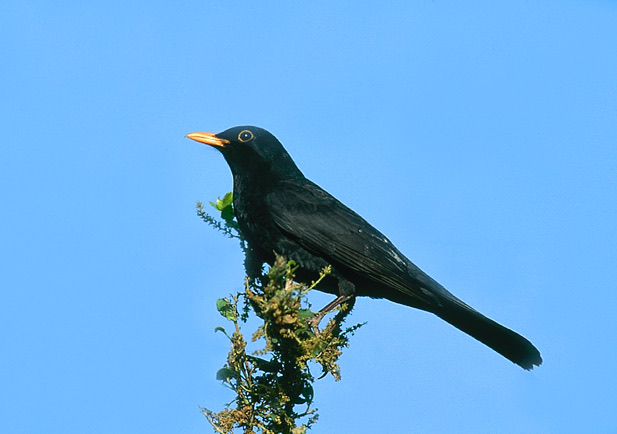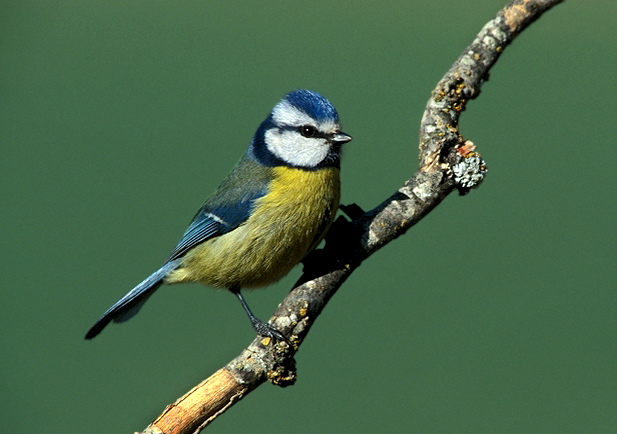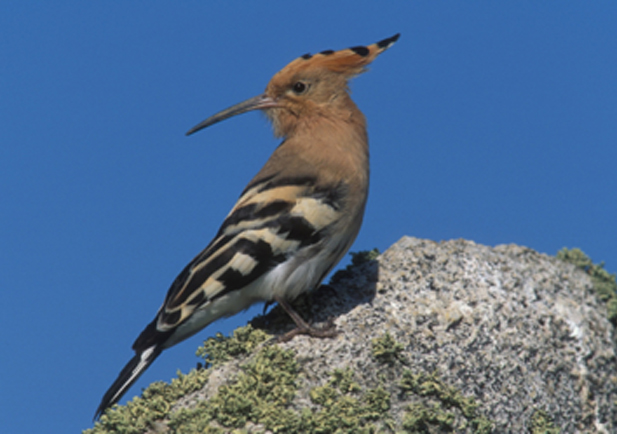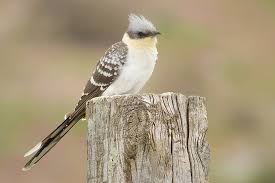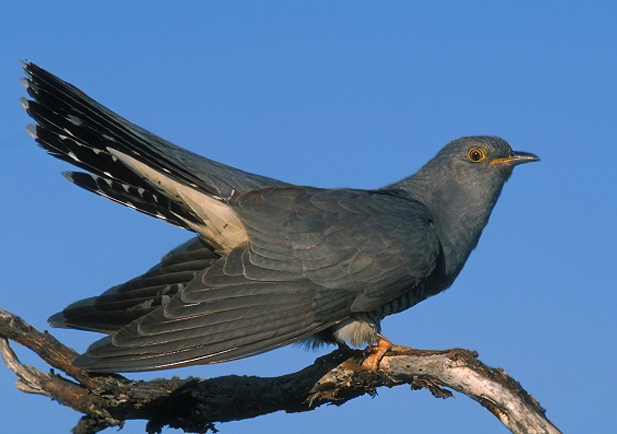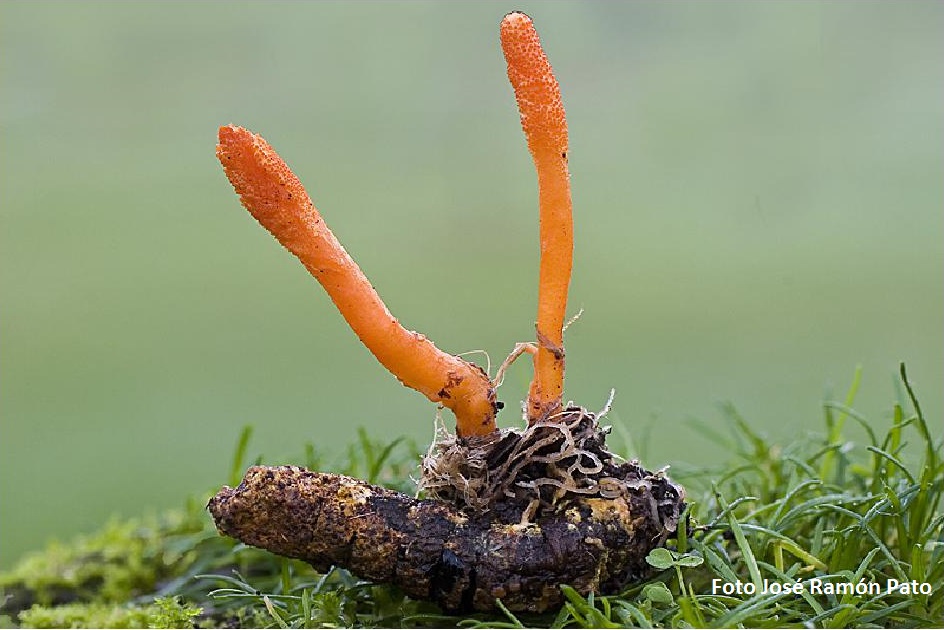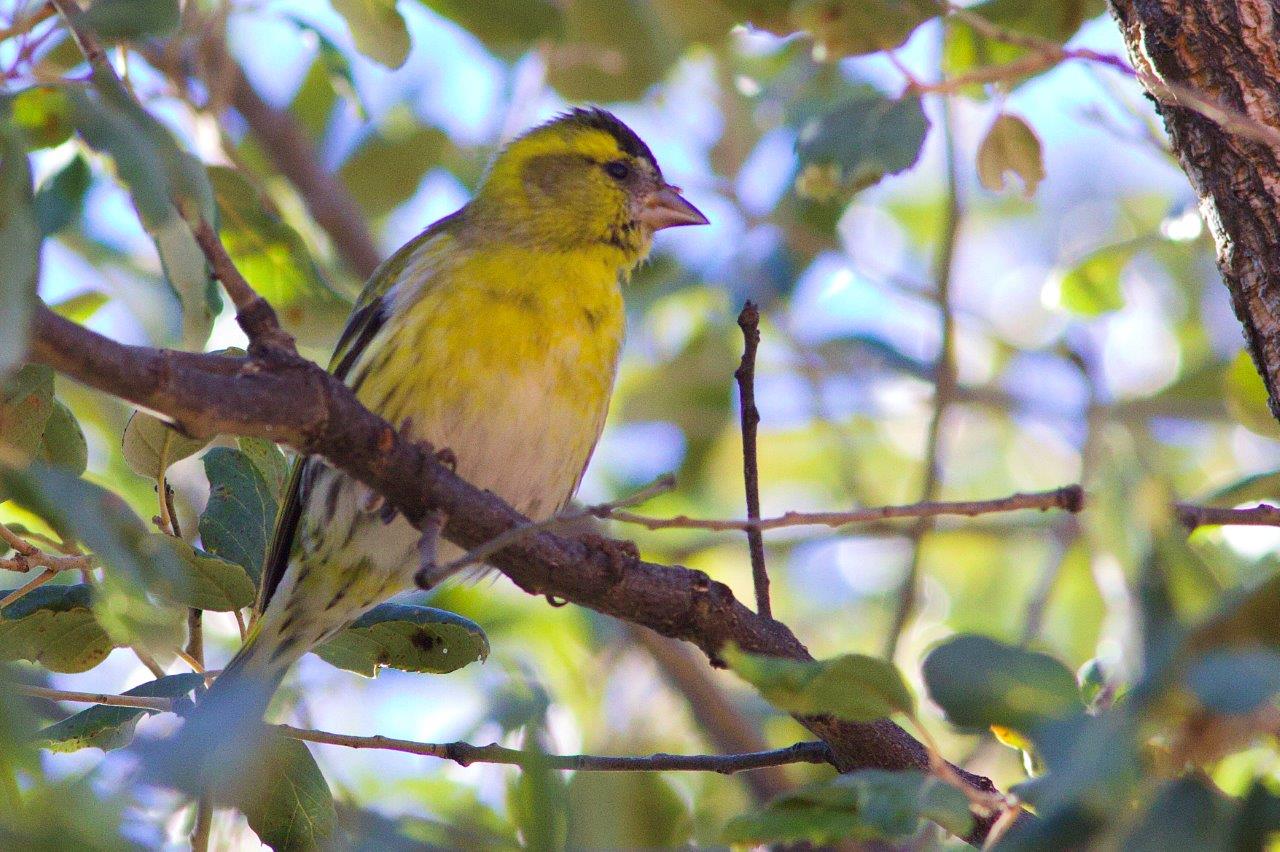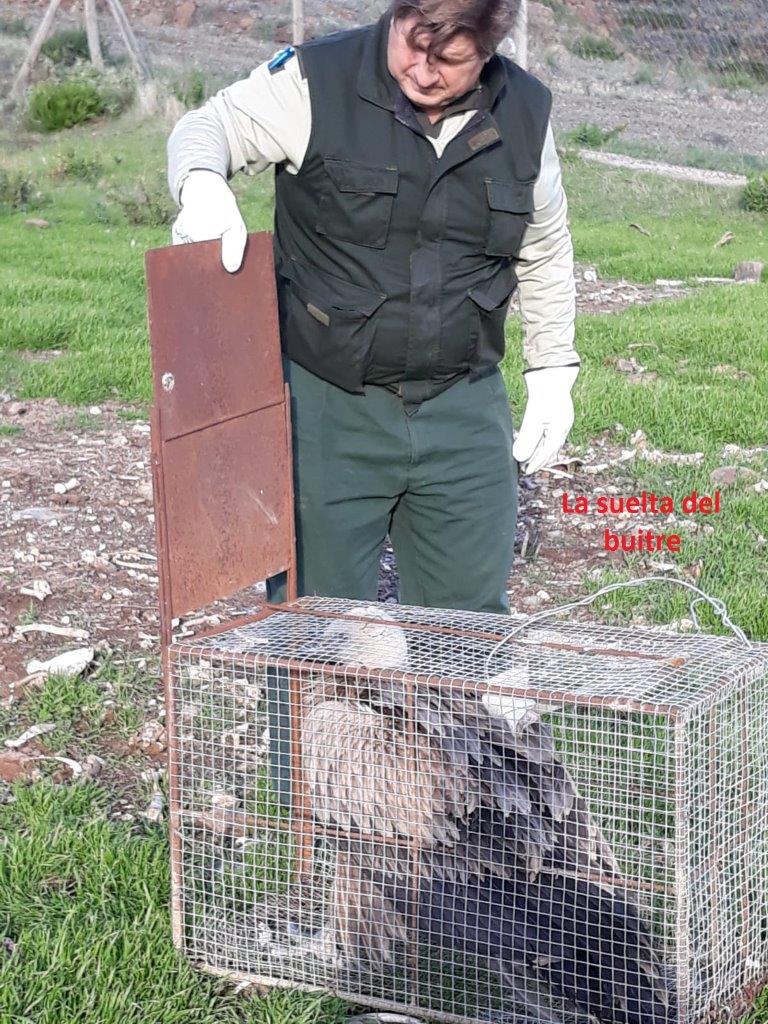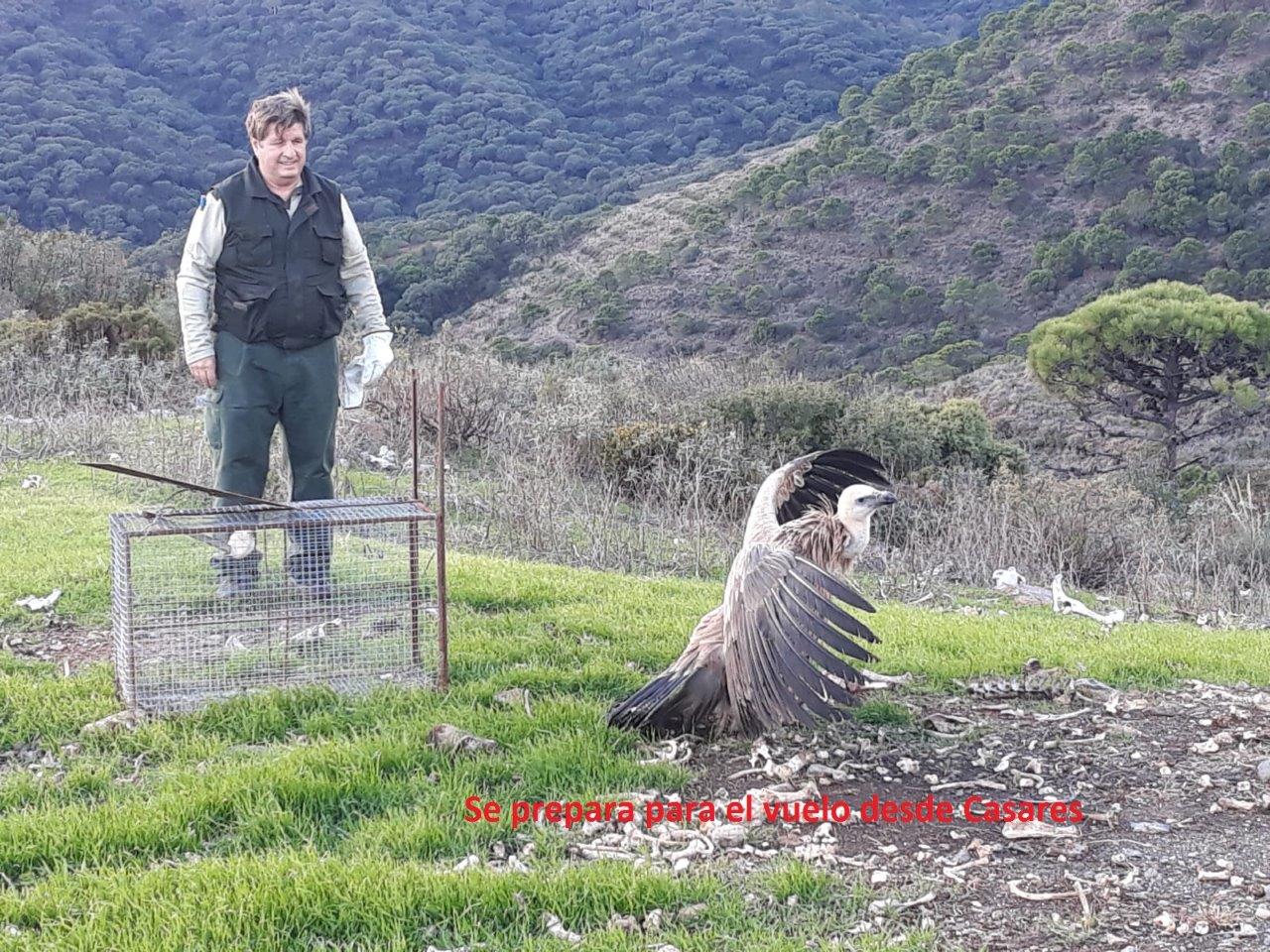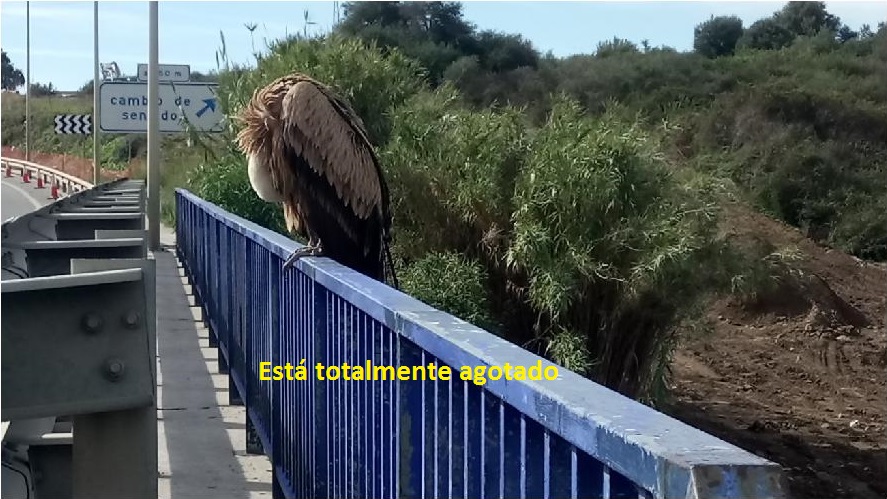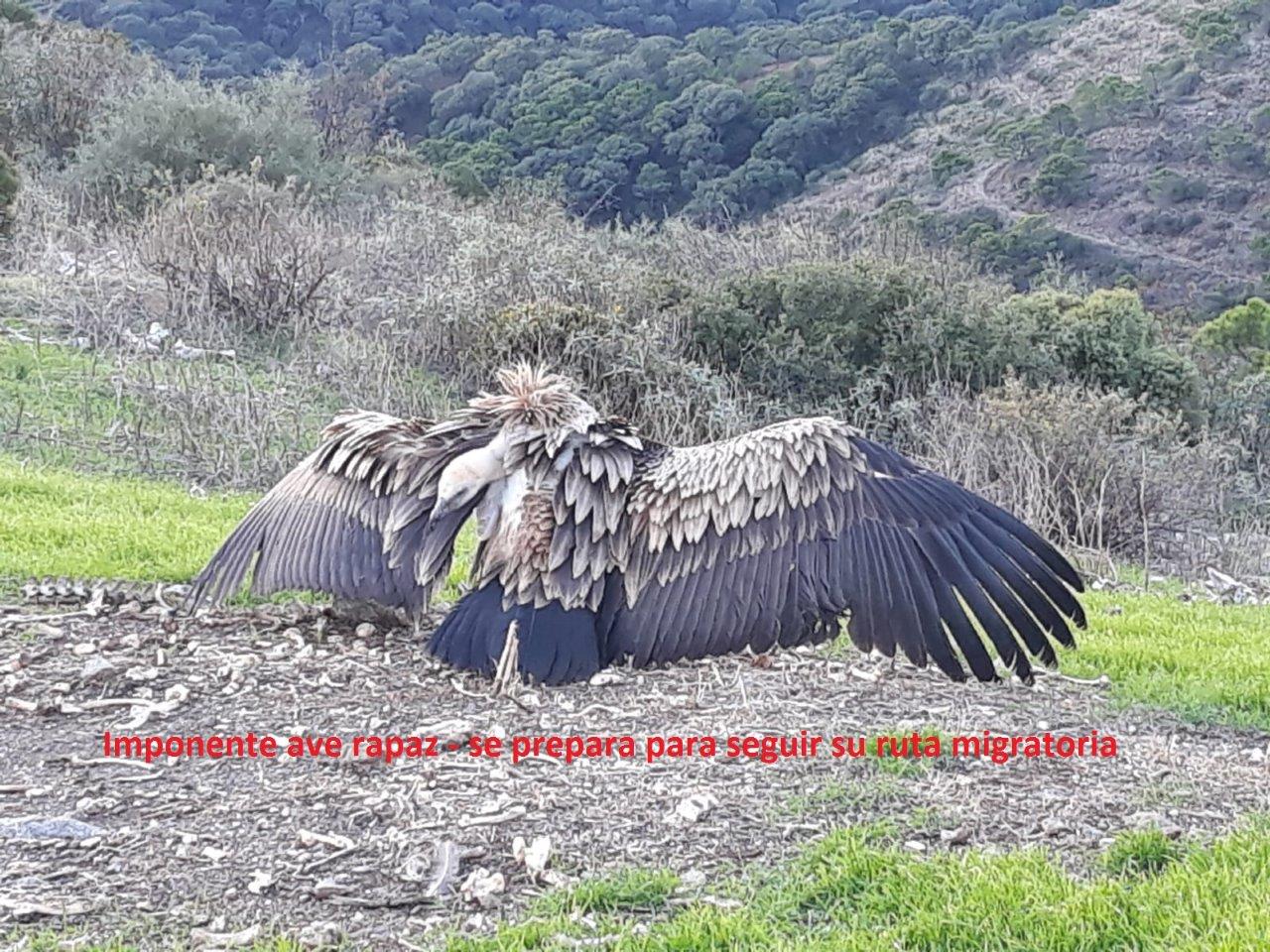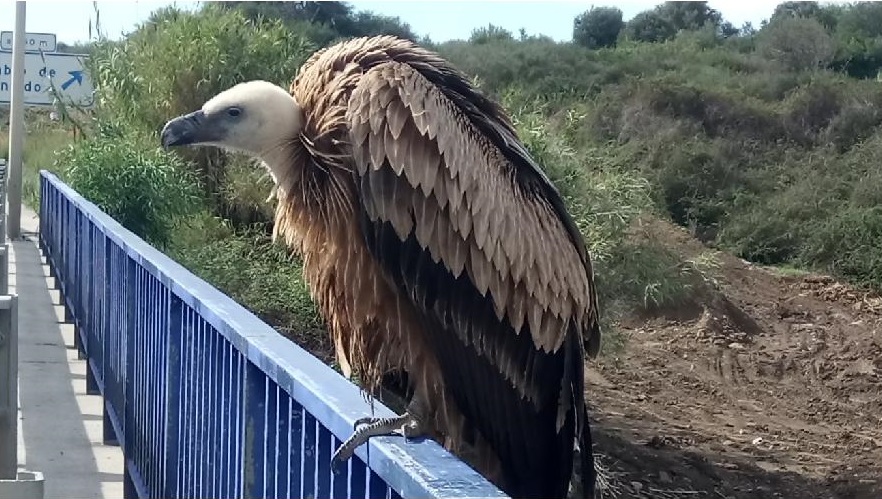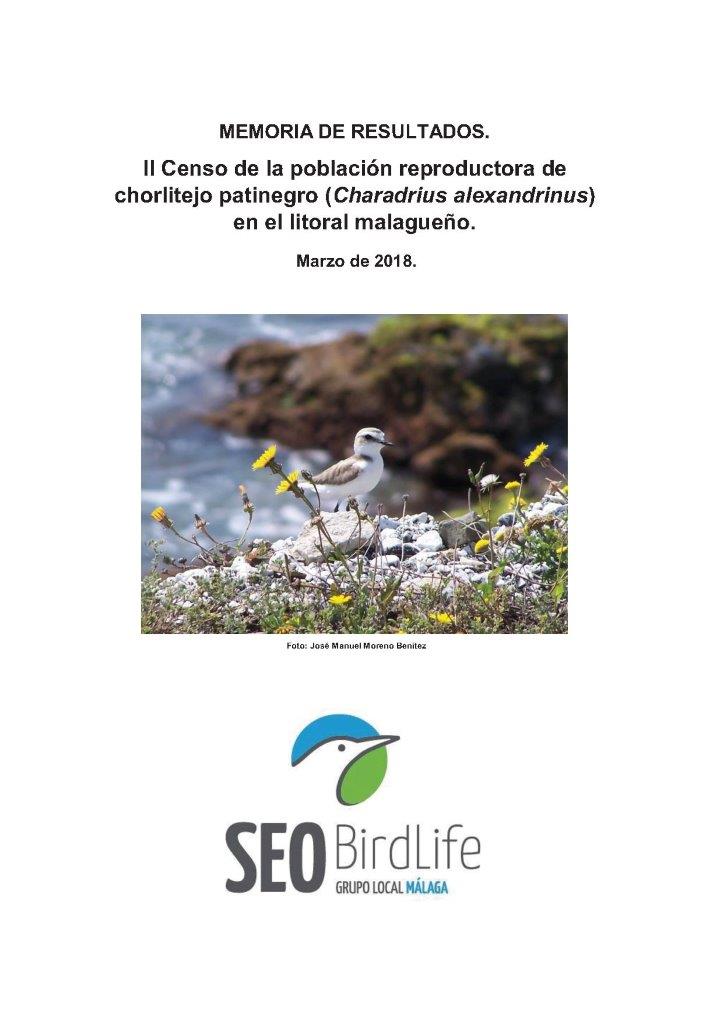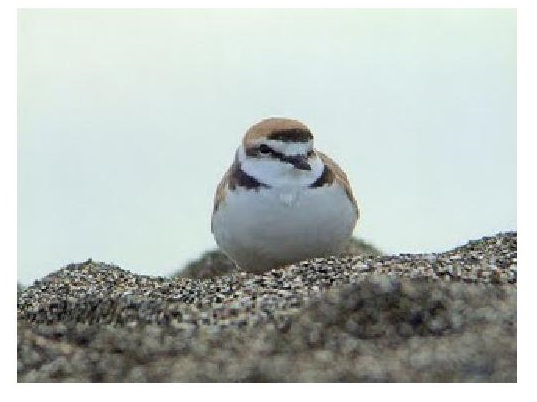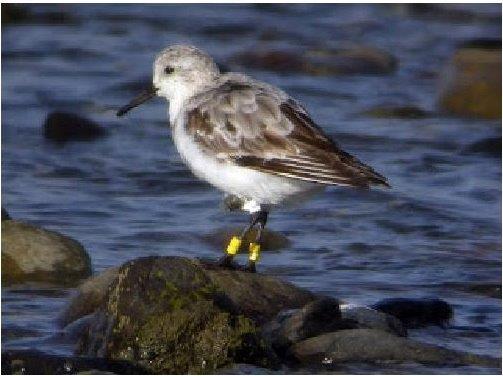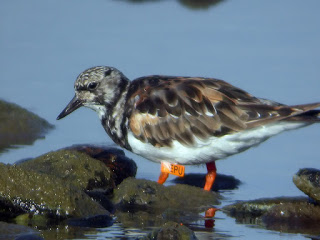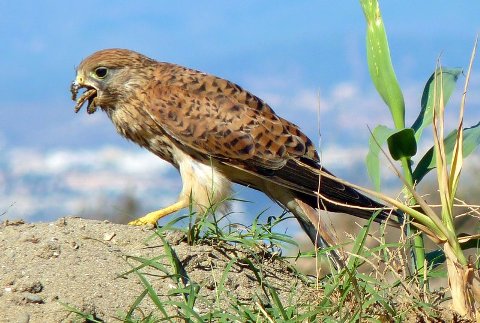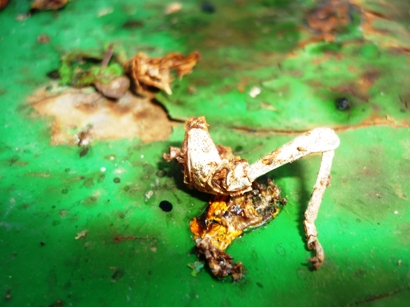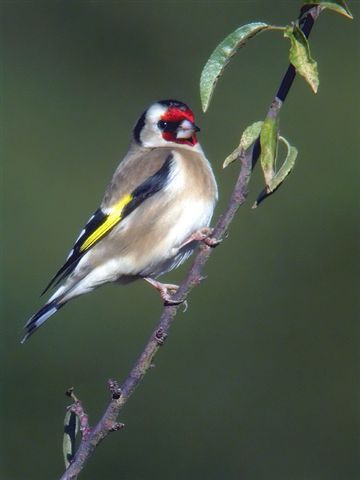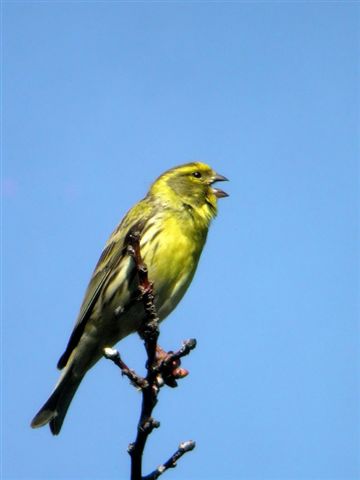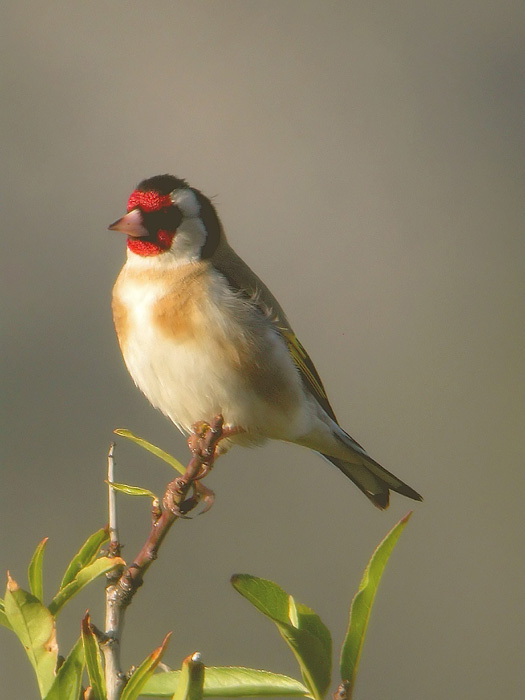
FAUNA - BIRDS AND MIGRATORY BIRDS
ATTENTION: Birds in distress
Unfortunately, we are unable to assist injured or distressed birds this season. Thank you for your understanding.
If you need help, please contact the emergency number: 112 – thank you
APRIL 2024 – THE GREAT BIODIVERSITY IN OUR DUNE ECOSYSTEMS!
Juan Caracuel who works closely with us was able to spot several trans-Saharan migrant passerines in just 2 hours while he was out on the “La Adelfa” dune (Ecological Reserve-Dunas de Marbella). They had just arrived from Africa. Right now, lots of them are coming back to Europe to breed.
With his expert eye and camera at the ready, he was able to get photos of 8 Common Shrikes (Lanius senator), 6 Grey Wheatears (Oenanthe oenanthe), 2 Musical Chiffchaffs (Phylloscopus Trochilus), a (possible) Iberian Chiffchaff (Phylloscopus ibericus) and 2 Western Warblers (Curruca iberiae). As an interesting detail, one of them belonged to the Greenland subspecies (Leucorhoa).
Some of these birds come up in a straight line directly from Africa. Others must surely come along by stages from the Strait. Wherever they come from, these dunes are, in some cases, the first stretch of solid land they find. In others it is where daylight finds them. The majority of these birds migrate during the night.
In these natural, protected spaces (500,000 m2) they find a place to rest and feed. Building up their reserves of strength is vital, since they still have – in some cases – thousands of kilometres still to travel – to their breeding grounds.
MAY 2020 –
WHAT DO YOU KNOW ABOUT THE RED-NECKED NIGHTJAR (Caprimulgus ruficollis)?
The Red-necked Nightjar (Caprimulgus ruficollis) known locally as the Chotacabras is a very interesting and little-known species. It is strictly a summer visitor, a migratory bird. After breeding in the Iberian Peninsula, it returns to north and central-west Africa. In the Iberian Peninsula it lives mainly in the centre and south.
Morphologically it is very peculiar. It looks as if it were flattened, with a tail and long wings. Its eyes are impressively large and its mouth cavity is also surprisingly large. In addition, around the bill it has some notable vibrissa (like whiskers, highly sensitive structures). It is intensely adapted to nightlife and hunts insects on the fly, helped by these physical peculiarities.
During the day they are usually crouched on the ground, going unnoticed. Its indefinite plumage is a wonderful camouflage.
It likes to live in wild areas with clearings that alternate with gaps or thickets and it also likes to settle on roads and highways, so one of its greatest threats is being run over. The destruction of their habitat doesn’t help.
During the crisis caused by COVID-19, the dangers to this extraordinary bird have mounted because CREA hasn’t been able to be as active as it would like, thus leaving the wild animals unprotected. Thanks to the shared aims of the people who live nearby, whose helpfulness is always a joy, a bird of this species was picked up by a family who tried to fix its broken wing. Unfortunately the bird was too weak and was unable to survive.
Notwithstanding the tragic outcome we want to thank the people who tried to help this visitor to our dunes.
April 2020
SWALLOWS, SWIFTS AND HOUSE MARTINS . . . three birds that need our help.
To the naked eye they are very similar both physically and in their silhouette against the sky. However, a somewhat more detailed analysis shows that they are quite different from each other.
The swallows (Hirundo rustica) and house martins (Delichum urbicum) are smaller than the swift (Apus apus). They share the particularity of creating mud nests under the eaves of city buildings. We can differentiate between the nests depending on their shape.
– Those of the swallows are shaped like an open bowl.
– Those of the House Martin are round, like a ball, except for a small opening for entry and exit.
– Swifts, meanwhile, spend much of their lives on the wing and use fissures or crevices in buildings as nests.
While some people find the nests of house martins and swallows annoying, these may not be removed without the appropriate permission because the three species are on the Spanish Catalogue of Endangered Species and are included in Ruling 42/2007, which offers strict legal protection to the chicks, nests and eggs of these birds.
We encourage you to join with ProDunas in the effort to protect them so that we can all continue to enjoy watching their flight and listening to their special call.
February 2020
Natural predators of the Processionary caterpillar (Thaumetopoea pityocampa)
The well-known “Pine Processionary” (Thaumetopoea pityocampa) is one of the greatest threats to the pine trees (Pinus pinea) on our dunes. This insect not only affects trees. Its stinging hairs contain a toxin which makes it very dangerous for pets and people alike, causing irritation and even suffocation in animals that ingest it. Coming into contact with these protective hairs can be dangerous.
However, some animals have managed to overcome this and have become their predators. They are, therefore, our best allies in controlling these pests biologically – the safest and most responsible method.
There are two phases in the development of this moth when they are most vulnerable: as a caterpillar and as a buried pupa. On reaching the caterpillar stage, birds such as the Great Tit (Parus major) feed on them. Even when the caterpillars have burrowed into the ground, blackbirds (Turdus merula) can detect them and dig them out and eat them. The hoopoe (Upupa epops), one of the showiest birds on our dunes, are expert caterpillar hunters who can even remove the stinging hairs before eating them. Other species of birds, not indigenous to our the dunes, such as the Cuckoo (Cuculus canorus), the Crows (Corvus corax) and the Blue Tit (Cyanites caeruleus) also feed on this insect at different stages in its development, including at the egg stage.
Insects such as ants, wasps and cicadas are other predators of the Processionary at both caterpillar and egg phases. Even in summer, bats feed on the moth. Some fungi such as the “processionary fungus” (Cordyceps militaris), common in coniferous forests, colonise the caterpillar. When these, covered with spores of the cordyceps, bury themselves in the earth, the fungus germinates and feeds on the organic components of the chrysalis and kills the moth developing inside.
Nature has many ways that help us deal with this pest. We can cooperate in simple ways, for example, by installing nesting boxes that offer refuge to birds that feed on the caterpillar. In this way, we avoid the use of more harmful measures and all along the coast, keep our pines, one of the icons of the Mediterranean vegetation, healthy.
Year 2020
The siskin or Eurasian goldfinch (Carduelis spinus)
is one of the group commonly just known as song birds belonging to the Fringilidae (finch) family.
It is small, with a brown-yellowish plumage whose special pattern of colours allows it to be distinguished from other finches. This pattern is characterised by having black wings with yellow spots, as well as a yellow coloured tail and cap. The sexes display different markings which makes it easier to tell males from females. The former have black caps and throats while those of the females are striped and are greenish in colour.
They can be found throughout Europe and Asia. In southern Spain, especially in Malaga, we can see them, although not permanently. Their migrations follow an unusual pattern. Every few years, they move south in large flocks. Thus, sporadically, places where wintering populations of this species are small can occasionally see the number of individuals multiply. The causes of this migration are poorly understood but could be due to a shortage of food or to climatic factors.
After several years in which the sightings of goldfinches were scarce, this winter a massive arrival of individuals has taken place. Specimens have been seen in the Sierra de las Nieves, in the Guadalhorce Valley, in Malaga capital (at the mouth of the Guadalhorce River) and even in the coastal area of Marbella.
They tend to frequent forested areas where conifers dominate and also mixed forests (where several species grow together).
It is granivorous, that is, its main food is seeds, with special preference for those of conifers. It also looks for food in the shrub vegetation along river banks so we can find it on alders, elms and birches. As for character, it is a sociable, active and very confident species. They move in groups formed by individuals of the same species or even mixing with other species of finches. This is how we can see them frequently in the dune areas of the Ecological Reserve and
in the “Dunas de Artola” Natural Monument.
Kentish Plover (Charadrius alexandrinus)
We ask the Marbella Town Hall to support the initiatives of ProDunas and once again help protect the strip of land between the dunes and the beaches in line with our Organisation’s recommendations of last year.
If specific informative signs about the Kentish Plover (Charadrius alexandrinus) could be put up and be designed by ProDunas and would make the general public more sensitive to the survival of this beautiful little bird which nests between the dunes and the beach proper along our coastline.
OCTOBER 2018 – GRIFFON VULTURE (Gyps fulvus)
We could not believe it! In a single day we got call after call concerning 8 vultures down on their migratory flight to Africa.
Immediately we put the machine in gear, contacted CREA in the Montes de Málaga to see if they could take charge of one adult vulture because it had very obvious signs of exhaustion. In CREA, thy endangered species in need of help are collected they are well prepared to take all types of birds of prey into their care thanks to their magnificent facilities and their well trained staff.
We must thank everyone who took part in this incident: the Seprona from Estepona and Marbella,
our own biologist, Patricia and the Environment Agent who supplied a special trailer.
This is a great day as together we were able to solve a problem close to our hearts, that of a bird gone astray and which needed
our help and rapid reaction. We trust that everyone appreciates the existence of these scavengers and supports all our efforts to do away with any ambiguity about the future survival of this beautiful bird of prey.
APRIL 2018
HOOPOE (UPUPA EPOPS)
Whoever has this beautiful name must be really beautiful! We’re talking about the eye-catching bird, the Hoopoe, which takes its Latin name from its song “up-up-up”. We are lucky to be able to see lots of them in the dunes and in the scrubland areas.
Its striking plumage and its crown of different colours which vary between light to dark cinnamon, tipped with black and white make it unique. It opens and closes the so-called crest when it senses danger. It puts on quite a show, so it is one of the very striking and very unique birds.
Its dipping flight, quite close to the ground, is fascinating and from far away you can see that you are looking at a hoopoe.
An interesting fact is that it helps to control the plague of the “processionary” caterpillars by pecking at them while they are still in the chrysalis state, so it contributes to the health of the Stone Pines and that of others trees.
We hope it continues to do well here in these latitudes and has enough food so that it does not need to migrate.
APRIL 2018
KENTISH PLOVER (Charadrius alexandrinus)
Report provided by SEO/Bird Life Málaga, 2018). Record of results of the II Census of the Breeding Population of the Kentish Plover (Charadrius alexandrinus) on the coast of Malaga (Malaga).
This beautiful bird inhabits our beaches, sandy coastal areas, salt marshes and lagoons where there is little vegetation. There are not many of these birds on the beaches in Marbella, so we think it is remarkable that the report facilitated to ProDunas by SEO/Bird Life informs us that the Kentish Plover can be found along our coastline.
As in other cases, given the habit of this bird for nesting close to the water and that mechanical cleaning of the beaches has to be carried out because of sun and beach tourism, a conflict of priorities exists which puts their survival in danger. The bird is unfortunately already catalogued as “vulnerable” in the Red Book of the Andalusian Endangered Vertebrates.
The dunes in the municipality of Marbella are essential for providing shelter for these beautiful birds. The conservation of the different dune environments should therefore be a priority for the Town Hall, not to mention a conservation pleasure as well as an obligation for everyone in Marbella.
OCTOBER 2016
FROM GREENLAND TO MARBELLA
Fantastic news!
A migratory bird, a Sanderling (Calidris alba) was spotted on 27th August 2016 on a beach in Marbella. It was marked and fitted with a position finder on his
left tarsus (leg), which provided data of the annual migratory journey.
The position finder was fitted on him on 24th June in Zackenberg (northeast Greenland), right in the Arctic Circle where he was seen up until 11th July. It has to be assumed that his impressive journey took him down over Iceland and the British Isles to reach Marbella.
On the same Guadaiza beach and in the same group of shorebirds a common Turnstone (Arenaria interpres) which was ringed last August in Schiermonnikoog, Wadden Island (Netherlands) was observed.
Ringed birds sightings are not very common – perhaps this experience will awaken our interest in knowing more about migratory birds?
Source: Juan Caracuel
http://avesdemarbella.blogspot.com.es/2015/08/de-groenlandia-marbella.html
OCTOBER 2011
COMMON KESTREL (Falco tinnunculus)
The beautiful small bird of prey has chosen the sand dunes “La Adelfa” – Bahía de Marbella – as its habitat. Its diet consists of small mammals and grasshoppers, mice, lizards and small snakes as also amphibians such as frogs.
The size of a common kestrel can be about 30-34cm, and its wingspan reaches 60 -75 cm.
GALERÍA FRINGILIDAE (Jilguero, Verderón y Verdecillo)
THEY LIVE IN OUR DUNES
Jilguero Carduelis carduelis
Verdecillo Serinus serinus
Verderón común Carduelis chloris
THE CAPTURE OF BIRDS OF THE FRINGILLIDAE FAMILY (FINCHES) IS PROHIBITED IN THE RESERVA ECOLÓGICA – DUNAS DE MARBELLA
The capture of birds of the fringillidae family (finches) is prohibited in sites not included in the listing of authorized sites, in the area comprised between the Natural Monument of Cabopino “Dunes of Artola or Cabopino” and the Dunes of Bahia de Marbella (Malaga),framed North by the National 340 Road, from Rio Real to the edge of the municipality of Mijas, on the East by the border between the Marbella and Mijas Municipalities, on the South by the Mediterranean sea and on the West by Rio Real, outer border of the Hydraulic Public Domain on the right margin.
Do you want to receive our Newsletter?
Do you want to become a member or be our friend of the dunes?
Asociación ProDunas Marbella
The Association works tirelessly for the defence and preservation of the unique ecosystems that survive in the natural sand dune environments in the Province of Málaga; promotes the protection of native flora and small wildlife; promotes recovery, rehabilitation and conservation of interesting biodiversity of sand dunes areas in the municipality of Marbella.

